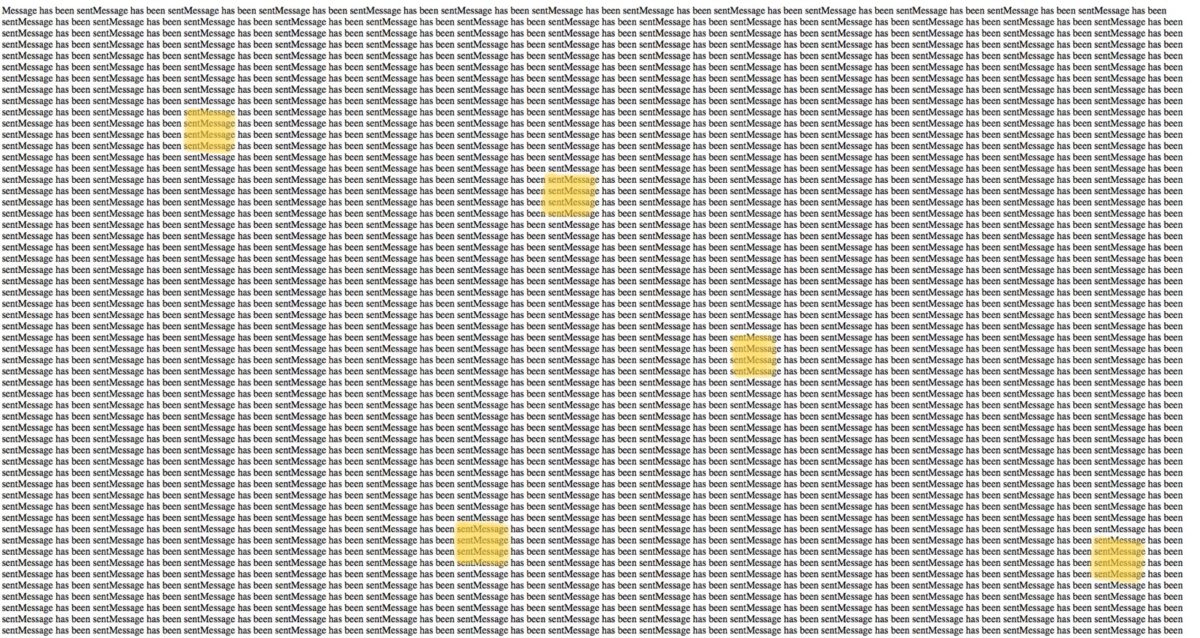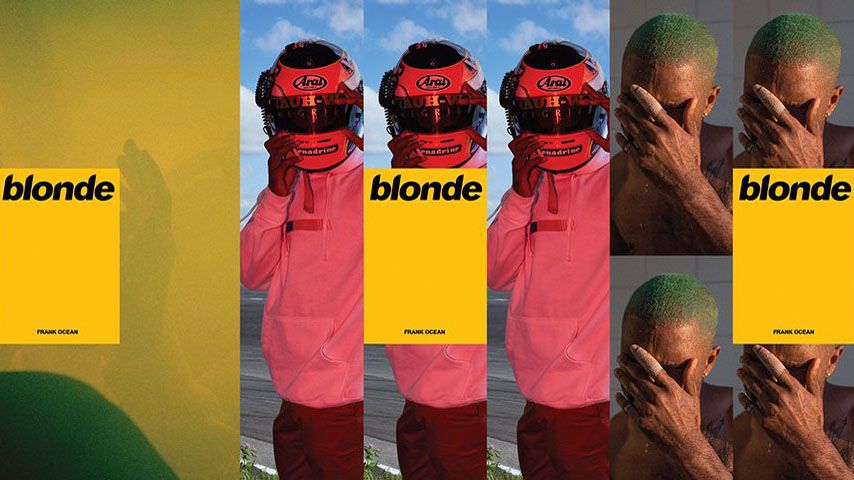WE’ll ANSWER
- What is music exclusivity?
- Why is music exclusivity the new digital wave of the future?
- How can an emerging musician use exclusivity to build buzz and make money online?
LETS GET STARTED
The new music industry can be exhausting for a new artist or band. Consumers are being blasted with new musicians, trying to get their new music, in the face of new fans, every single day. This often leads to new emerging digital artists and bands feeling the pressure to release all of their recorded material all at once, you know like how Netflix does it. But is this the best strategy for an emerging digital artist or band? Exclusivity makes sure that whatever music you put out is part of a larger digital brand strategy.
Let’s take a look at a fictional alternative rock band called RockYou. RockYou, just recorded their first 7 song LP, and they’re extremely proud of their final product. Since their guitarist Erik is the “technology guy” in the band, RockYou appoints him to get their new LP in front of the faces of some new fans.
Lets take a look at what type of release strategy would work best.
A. Uploading the entire 7 song LP on Youtube, Soundcloud, Reverbnation and Immitter.com
B. Uploading the 7 song LP to just one social music website
C. Releasing 1 song per week from the new 7 song LP on Youtube, Soundcloud, Reverbnation and Immitter
If you guessed C. You were “C”orrect.
By holding back from releasing the entire LP at once, Erik helped his band extend the life cycle of their newest LP from one week to 7 weeks across 4 music websites. Not only are avid fans waiting eagerly to see what RockYou is cooking in the kitchen for next week, but RockYou can now market fresh new material to new fans over a longer time period without the risk of their LP becoming stale and played out – That’s the power of exclusivity.
In the past the traditional label system used exclusivity as their main sales weapon. You remember it, don’t cha? Promote the crap out of the single to the masses and get the most curious fans to purchase the CD in exchange for experiencing the rest of the album. That was a brave world for consumers because most people just wanted the single they heard on the radio, only true fans really cared to experience the album cuts. And then, Napster came along and unbundled the album allowing fans to pick and choose the songs they wanted for FREE! Yikes. Fans 1, record labels 0, artists -1. Ever since that fateful day, artists and bands have struggled to make money digitally recording music, lets call it the great unbundling.
But alas, all is not lost. At a time where everything is available for free, exclusives are refreshing because they bring the mystery back to the music. When everybody and their mama’s music is available for free online the fandom game isn’t as fun anymore. The corporations know; Apple, Spotify and now Amazon are jumping on the exclusive band wagon. Fans who subscribe exclusively to these music streaming services get a chance at having the “worlds” recorded music at their fingertips. The only problem is, as an emerging artist, the payments from these services are so small you’ve virtually been cut right out of the revenue, ah-gain.
As important as it is to be on all streaming platforms, it’s equally important to create your own exclusivity for your own music brand. Websites like Bandcamp and Immitter have exclusivity tools that allow emerging artists to become their own self-sustaining Spotify and Apple music while keeping a large portion of the subscription revenue for themselves.
Todays digital musicians are seen more as brands as opposed to real people. A brand is basically a business with products that a lot of people recognize. Fan subscription tools now allow your most loyal fans to subscribe directly to your brand (for a small recurring fee) in exchange for exclusive access to your brands history of recorded music.
Lets take a look at another example
Sam is a part of a goth girl group called, Vampgelica. To date Vampgelica has released 3 LPs containing 10 songs each. Vampgelica decides to use an exclusive fan subscription tool to lock 5 songs from each LP that are exclusive to the Vampiress nation. 15 songs are now freely available (for free download and stream only) to new fans, who are just ready to sink their teeth in, while die hard fans and supporters would…
A. Feel like a bloody-mess if they were left out in the sun without access to the additional 15 Vampgelica songs.
B. Forget about the exclusive songs that they do not have access to and instead watch re-runs of Buffy the Vampire Slayer.
If you chose A, you were right!
Super fans, as we call them, want 24 hour access to your brand at all times (why do you think gossip magazines are still so popular?).
In the digital era it is completely possible to charge a small fee to your super-ist fans for the privilege of accessing your entire discography, as well as uninhibited access to any of your future releases. As a developing artist or band, your fan subscription revenue now goes directly to your bank account as opposed to making the corporations even richer. Super fans 1, Artists 1, Corporations 0.
Now that you know why it’s important to embrace exclusivity, lets review some basic guidelines that can help you build a successful exclusivity campaign.
Avoid bundling digital releases
Your goal as a digital distributor (yes you are that too) is to spread the buzz of your newly released EP or LP over the course of a couple weeks, maybe even months. Don’t be the flash in the pan, make your fans crave for more.
Offer your super fans an exclusive club to belong to
Whether you are using exclusive mailing lists, exclusive fan only shows and digital performances or exclusive fan subscription tools, making sure that your superfans feel like they are getting an experience unbeknownst to outsiders is something that they’ll appreciate, heck, they’ll even pay you for it.
LESSON COMPLETE
Reply to this post right now and let us know ways that you’ve used exclusivity as buzz or a revenue stream. Even if it’s small, we want to hear about it.
Know someone who would like this lesson? Use our social share buttons on this page to share it with them!




